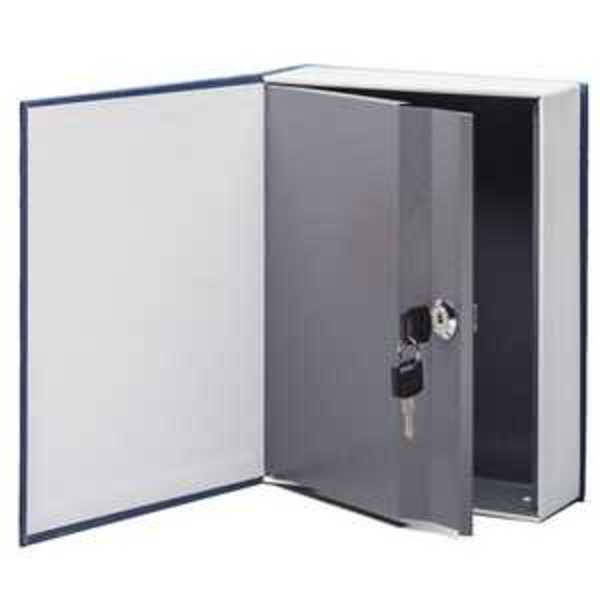Safes and Storage
Homeowners looking to secure precious metals and other valuables will consider installing a safe at some point. Choosing the right safe and ensuring it is installed correctly can significantly enhance security.
Learn More About Safes and Storage

Size and Capacity
Safes come in a variety of sizes and properly sizing your needs is the first step in figuring out what makes sense to buy. Even if you are just starting out in precious metals, its important to consider how your investment or collection will grow in the future. It's easy to calculate the volume you might need, both now and in the future. Especially if you're investing in tubes of silver coins or rounds, or 10 oz or larger size silver bars.
It's also important to determine what else you will store in the safe in addition to your precious metals, such as documents, jewelry and firearms. Having an undersized can lead to regrets down the road. When calculating the size you think you will need, a good rule of thumb is to double that number. If you think you might only need a 1 cubic foot safe, you should also compare 1.5 and 2 cubic foot safes as well.
Safe Types
Burglary Safes are specifically designed to protect valuables from theft. They are made from heavy, thick steel with complex lock mechanisms (including digital, biometric, or dual locks). These safes are rated by their resistance to break-ins with tools with a TL rating. TL ratings are given by UL and indicate the level of tool resistance a safe offers. For example, a TL-15 rating means the safe can withstand an attack for 15 minutes using common tools. Higher ratings like TL-30 or TL-60 offer greater security but are also more expensive.
Fire Safes are primarily aimed at protecting documents and other valuables from fire. They are built with materials that provide thermal insulation so that these safes can withstand high temperatures for periods ranging from 30 minutes to several hours. Fire safes are often rated by the temperature they can withstand and the duration they can hold at that temperature. While usable for storing precious metals, fire safes are typically hermetically sealed and may not be suitable for anchoring to the house.
Gun Safes are built to be secure storage for firearms. Some manufacturers also provide fireproof gun safes that are resistant to tool attacks. The interior layouts designed to secure a variety of firearm sizes and capacities and many include features such as racks, shelves, and additional compartments, which can be used for storing precious metals.
Wall Safes require installation in an interior wall of the house, often times in a closet or conspicuous place that can easily be covered with a painting, mirror or curtain. They are more about concealment than high security against tools or fire. While they offer hidden protection for small valuables like gold coins, the dimensions of most in-wall safes are limited in size due to the constraints of interior wall framing.
Floor Safes provide a high level of security with the advantage of concealment, installed into the concrete slab or floor joists of your home. They are highly secure against burglary due to their integration into the building structure and can also offer some degree of fire protection depending on their construction.
Diversion Safes are great for hide valuables in plain sight.These are less about resisting physical attacks and more about camouflage. Common household items like books, cans, or electrical outlets are modified to act as safes. They’re useful for hiding small valuables but should be used alongside other secure safe options.
Safe Installation
When choosing where in the home to install a safe, the location should balance accessibility with security. Avoid obvious spots like the master bedroom, which is typically the first place burglars check. Be sure that the location can support the weight of the safe, especially if installing on an upper floor. For large or heavy safes, a ground-floor location or basement might be preferable.
Always bolt down your safe. Use high-quality bolts and, if possible, secure the safe to both the floor and a wall. Concrete anchors are recommended for attaching the safe to concrete floors or walls. Some safe can be integrate with your home security system.
For optimum security, consider professional installation. Professionals can ensure that the safe is installed correctly, advise on the best location and methods for anchoring, and may offer additional tips based on the layout of your home and the safe model chosen.

